The law of physics allows driving energy in a system to flow from a hot medium to a cold medium until equilibrium, to happen this phenomenon a temperature difference between the mediums is necessary.
A heat exchanger is an equipment that uses this mechanism to work. Heat exchangers can improve a system’s energy efficiency by transferring heat from systems where they are not needed to other systems where they can be usefully used.
Hear Exchangers on both hot and cold sides are under pressure, so all the pressure vessel’s requiements are mandatory for these equipments.
Heat Exchangers are available in many types of construction, each with its advantages and limitations. The main heat exchanger types that we manufacure and supply are as the followings:
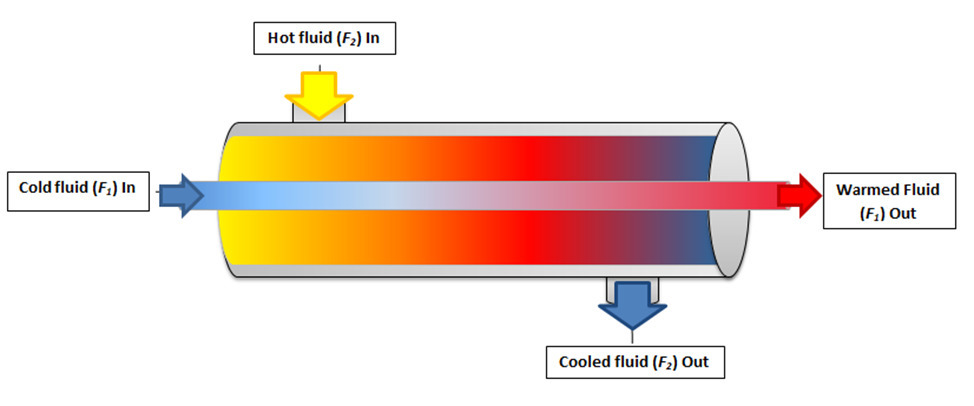
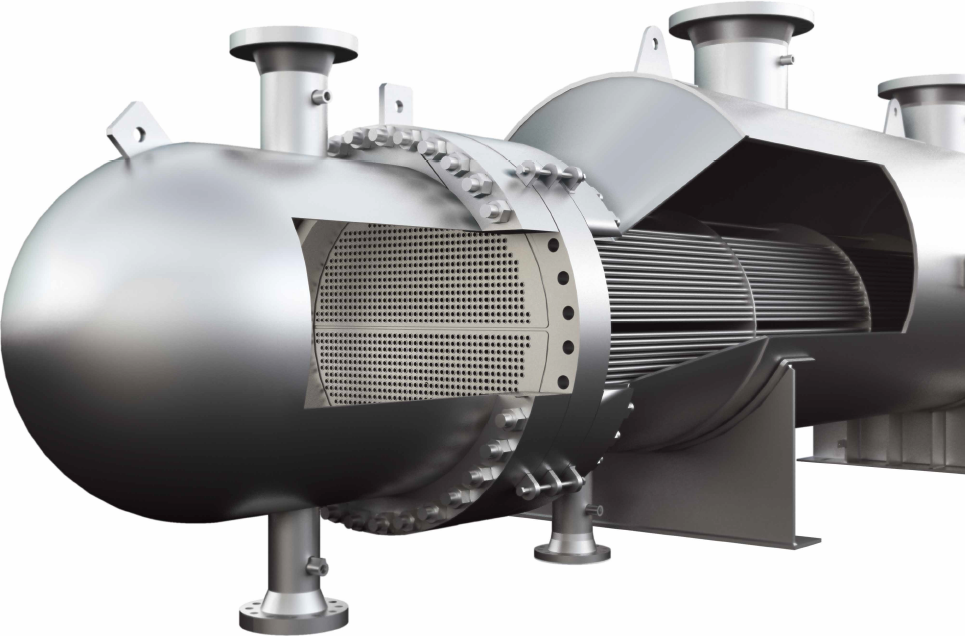

The most common heat exchanger design type consists of a parallel arrangement of tubes in a shell. One fluid flows through the tubes and the other fluid flows through the shell over the tubes.
Tubes may be arranged in the shell to allow for parallel flow, counterflow, cross flow, or both. Heat exchangers may also be described as having tube layouts in single pass, multi-pass, or U-tube arrangements.
Due to its tubular construction, this type of exchanger can handle large pressures.
The exchanger may have one or two heads on the shell and multiple inlet, outlet, vent, and drain nozzles
Air Cooled Heat Exchanger is a heat rejection equipment where the excess process heat is rejected to the atmosphere. It works on the principle of convection and conduction to dissipate heat from process fluid to air.
The process fluid passes through the tubes and air stream is passed over the tubes to carry away the heat; air streams are created by the fans mounted on the unit.
By suitably selecting the tube material, ‘ACHE’ can effectively cool or condense process water, chemicals or any other heat transfer fluid.
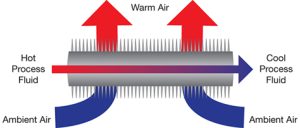

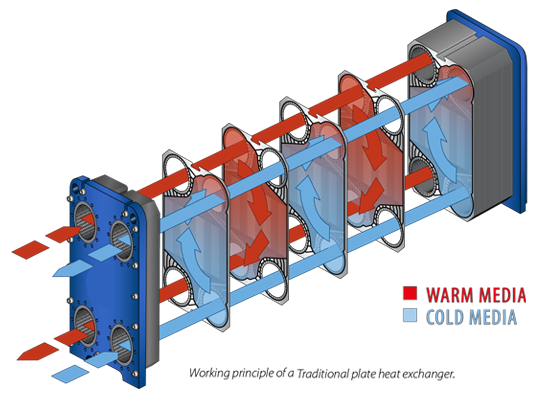
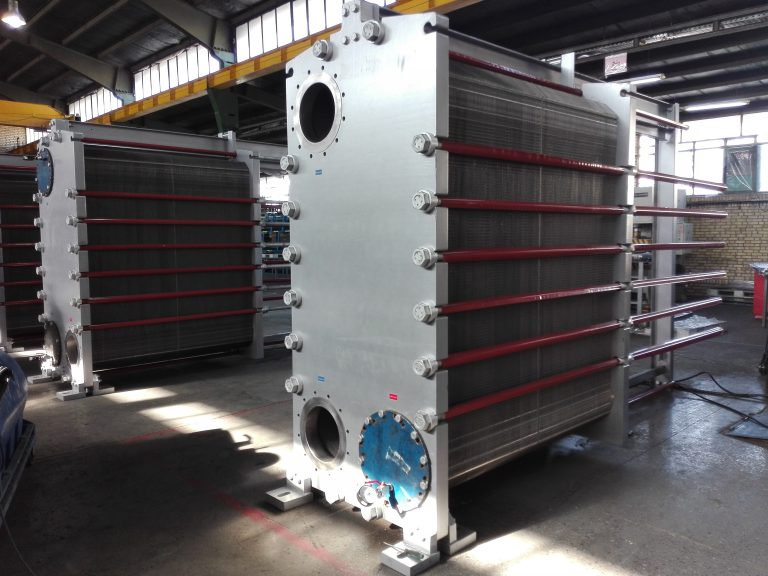
Gasketed plate heat exchanger is an efficient heat exchange device formed by a series of corrugated thin metal sheets and gaskets. The hot and cold fluids between the plates are separated by sealing gaskets, so that they flow independently in the flow channels on both sides.
The heat transfer coefficient of GPHE is 3-5 times higher than that of the shell and tube heat exchanger because the hot and cold fluids can reach a high degree of turbulence when they flow in the plate channels which have certain corrugated shape on plate surface.
Plate heat exchangers have also limits in pressure and tempreture. The maximum operating temperature and pressure are 250 °C and 25 bar, depending on the type and size of gaskets are used.